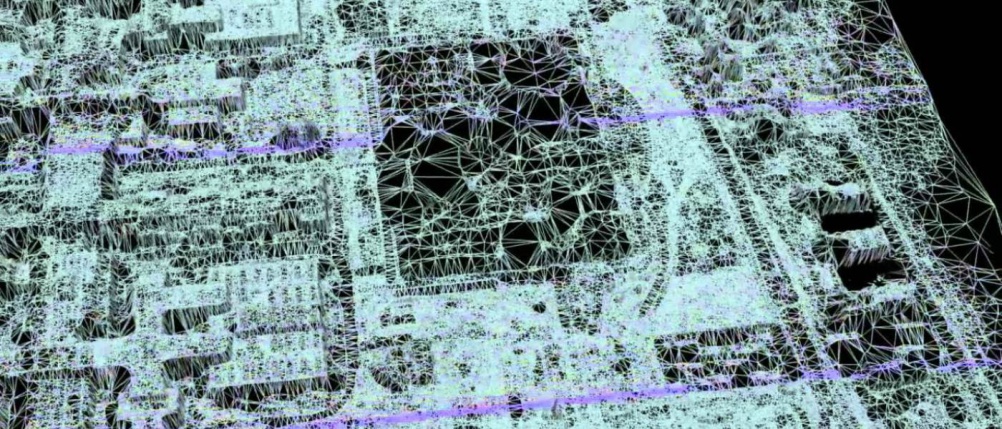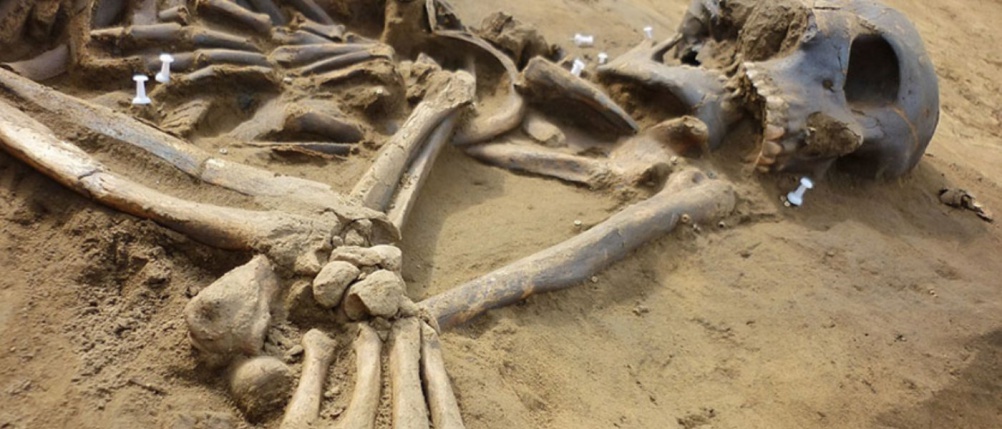A virtual reality “storytelling” engine for cultural artefacts
Global sites of historic importance and artifacts from cultural institutions are to be scanned to make a rich virtual reality storytelling platform

A consortium of cultural and academic institutions has been supported by a £1.6 million EU grant to create a virtual reality platform, which can present artefacts to the public without them having to leave their homes.
DigitArt’s mission is to provide “a new, cost efficient solution to the capture, processing and display of cultural artefacts.”
Professor David Burton, who leads the LJMU Drones Research Laboratory, and is director of the general engineering research institute says that the ultimate aim is creating “the internet of historical things” which can be accessed on any connected device.
What will people experience?
When the first stage of the programme is complete, by using Oculus Rift people will be given virtual access to sites of historic interest and experience rich, layered interactions with objects that either belong to the space they are looking at, and where relevant they will also see pieces which have been virtually imported from other parts of the world.
How will it be developed?
Currently several sites of historic interest are being scanned. These include the Neanderthal Scladina Cave in Belgium and the court of Phillip II of Ancient Greece.
“The first stage is data collection – capturing X, Y and Z points in space with scanners,” says Burton.
These are then made into solid models which can be rotated on screen before virtual reality experts create facsimile scenes which are true to their real world counterpart.
This process is pan-European and involves experts in the UK, Switzerland and Greece.

Semantic image recognition
Burton says that the virtual reality experts will also look at the “semantics of images”.
In a visual sense this means building into the DigiArt system the capability to recognise the meaning of an image by the way it looks, not by tagging it with descriptive words.
Taking the example of the Neolithic cave, Burton says: “If you’re inspecting an arrow head that was found there the system would recognise this and find other examples of arrow heads that had been scanned.”
3D scanners for all museums
This part is reliant on entire collections of museums being gradually scanned. It would work by giving open source 3D scanners to the museums of the world, which would scan their own objects.
It is this capacity which Burton hopes will lead to the internet of historical things – a smart connected library, which can also be accessed from any web connected device.
Any person connected to the internet will be able to hold a virtual museum object and will be able to find other similar objects elsewhere in the museum, or in a museum from a different country.
There are seven academic, industrial and museum partners involved in getting the project off of the ground: Liverpool John Moores University (LJMU), The Centre for Research & Technology, Hellas (CERTH), Centre national de la recherche scientifique (CNRS), The Museum of the Royal Tombs of Aigai, Pix4D, Scladina Cave Archaeological Center and Vulcan UAV Ltd.
-
Post a comment




